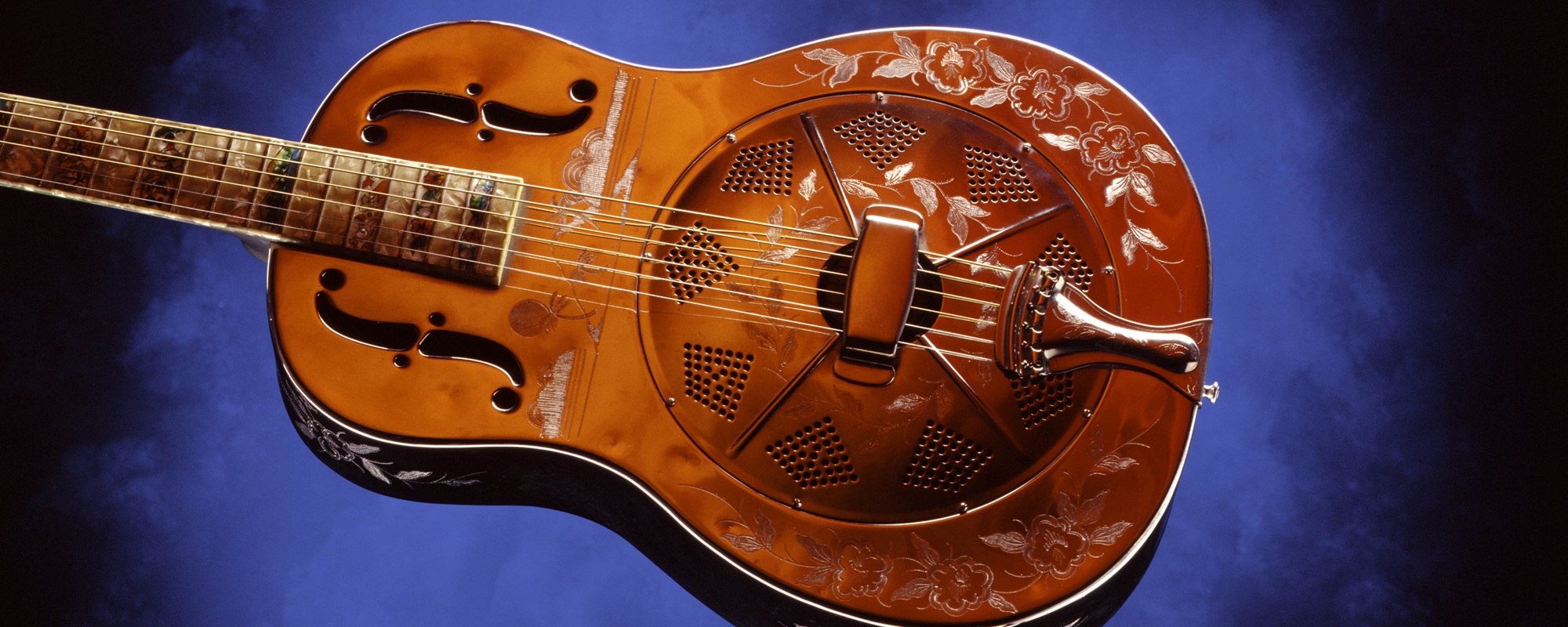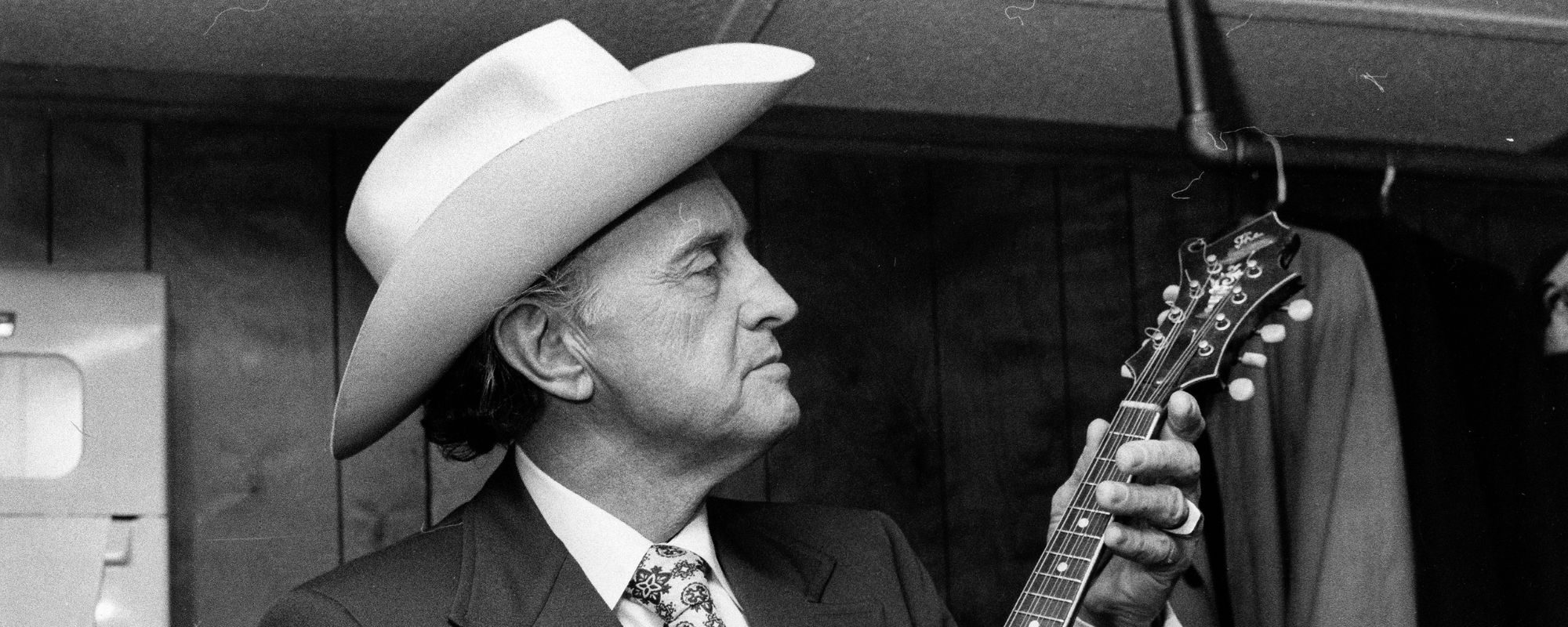The Appalachian region was, in the early days of the United States, a melting pot of cultures unto itself. Irish and Scottish immigrants carved a life out of the hills and hollers of the mountains. After emancipation, freed Black Americans formed colonies in the region. Soon, the folk music of the groups inhabiting the area melded and formed what was called “mountain music” or “hillbilly music.” Much later, Bill Monroe would bring the sound out of the mountains and call it bluegrass.
Videos by American Songwriter
Life wasn’t always easy for those in the Appalachian Mountains. These hardships are reflected in the countless folk songs that delve into dark subject matter. For instance Appalachian folk music–and later, bluegrass–is full of murder ballads. These are songs of love, jealousy, scheming, revenge, and death. Decades later, they’re a major part of the tradition of the bluegrass and many of the most popular have become standards over the years.
[RELATED: If You Love Doc Watson, Give These 3 Bluegrass Groups a Listen]
Today, we’ll look at some of the best and most enduring murder ballads performed by bluegrass and old-time artists. Some of these songs are just stories meant to entertain. Others, though, are true tales of violent demise.
1. “Little Sadie” by Tony Rice
Like many folk songs, the true origin of “Little Sadie” dates back to at least the early 20th century and has been recorded by countless artists over the years. Clarence Ashley recorded the first version of the song in 1930. However, most modern versions of the song can be traced back to W. A. Nichol’s Western Aces recording from 1947. This is true of the version the Tony Rice Unit recorded for the iconic 1979 album Manzanita.
Unlike many murder ballads, this classic isn’t limited to bluegrass. Johnny Cash recorded a version of the song under the title “Cocaine Blues.” Other greats including George Thorogood, Bruce Hornsby, and the band Tim Timebomb fronted by Tim Armstrong of Rancid have put their spin on the standard.
2. “Tom Dooley” by Doc Watson
Written by Thomas Land, “Tom Dooley” tells the story of Tom Dula who was hanged for the murder of Laura Foster in Wilkes County North Carolina in 1866. For many bluegrass fans and artists, this is another murder ballad about a man who murders his lover. However, old-time musician Doc Watson’s family has been in the Wilkes County region for more than a century. They claim that Dula was innocent. Instead, they say Foster was murdered by a woman named Anne Melton. She was originally accused of the murder alongside Dula, but his testimony led to her acquittal.
Because of the historical and familial connection, Doc Watson performs one of the best versions of this song.
3. “Blackjack County Chains” by the Del McCoury Band
“Blackjack County Chain” is an outlier in this list because it doesn’t have its roots in Appalachia. Instead, it was penned by Red Lane and originally recorded by Willie Nelson in 1967 after Charley Pride passed on it. It has since been recorded by several artists including Charley Crockett for his 2020 album Welcome to Hard Times.
The Del McCoury Band changed the name of the song to “Blackjack County Chains” and transformed it into a bluegrass murder ballad for their 1996 album The Cold Hard Facts.
4. “Knoxville Girl” by the Louvin Brothers
“Knoxville Girl” has been recorded by several country and bluegrass artists and groups including the Carter Family, The Cope Brothers, the Country Gentlemen, Jimmy Martin, and many more. However, one of the best-known versions of the song comes from the Louvin Brothers’ 1956 debut album Tragic Songs of Life.
The writer of “Knoxville Girl” is lost to the sands of time. However, folklorists and music historians have traced its origins back to a 19th century Irish song called “The Wexford Girl” which was derived from an English ballad called “The Bloody Miller” about a murder in the 4600s. In a way, this murder ballad’s history traces this history of bluegrass from Europe to Appalachia to the recording studios of Nashville.
Featured Image by Stephen A. Ide/Michael Ochs Archives/Getty Images













Leave a Reply
Only members can comment. Become a member. Already a member? Log in.